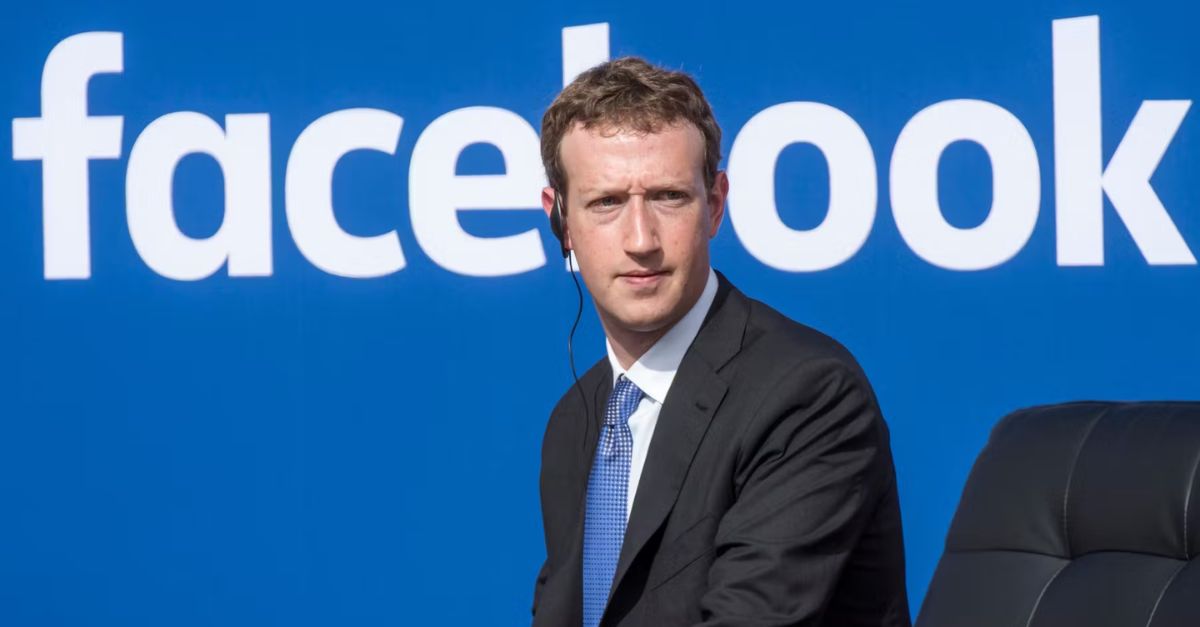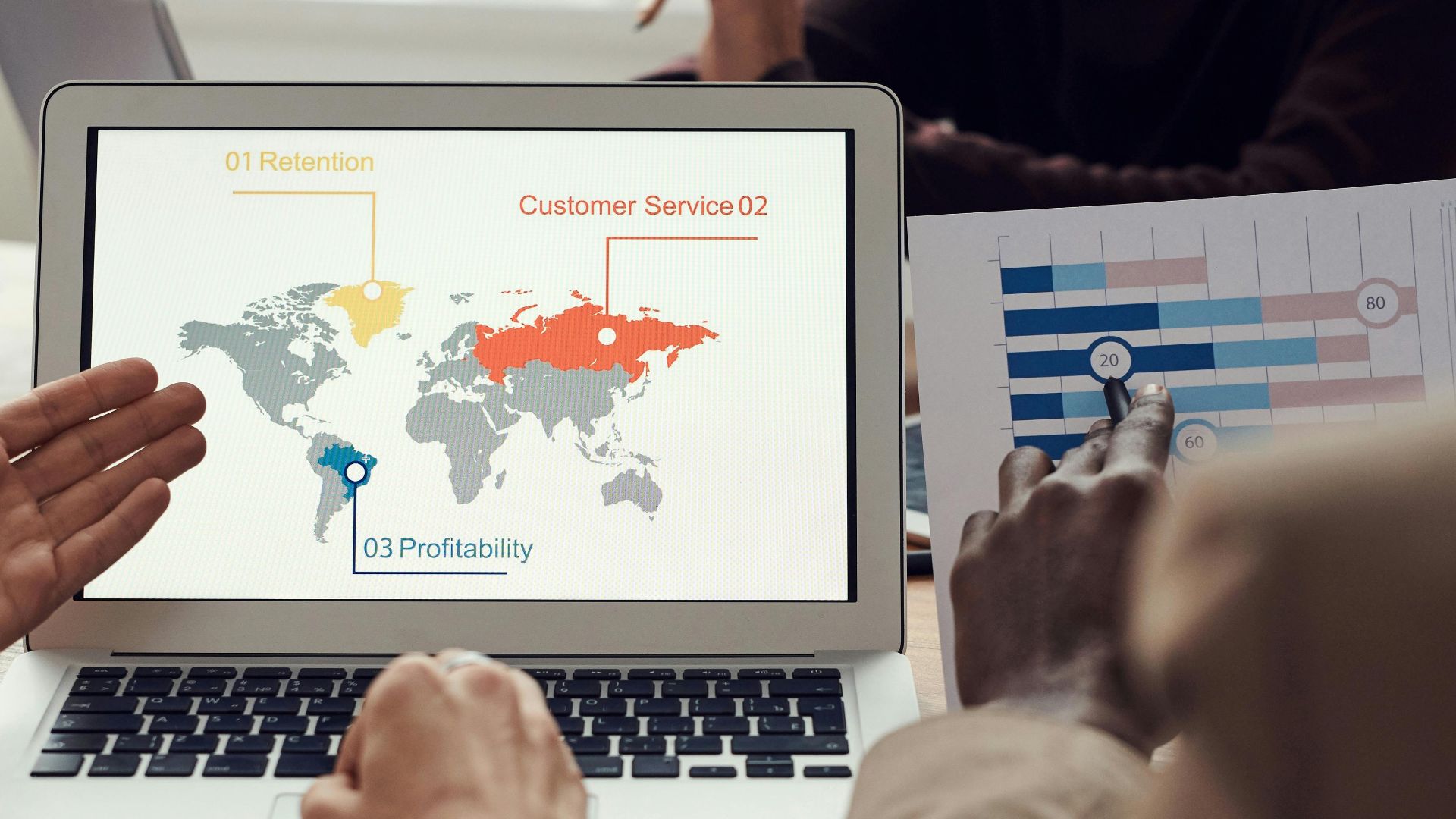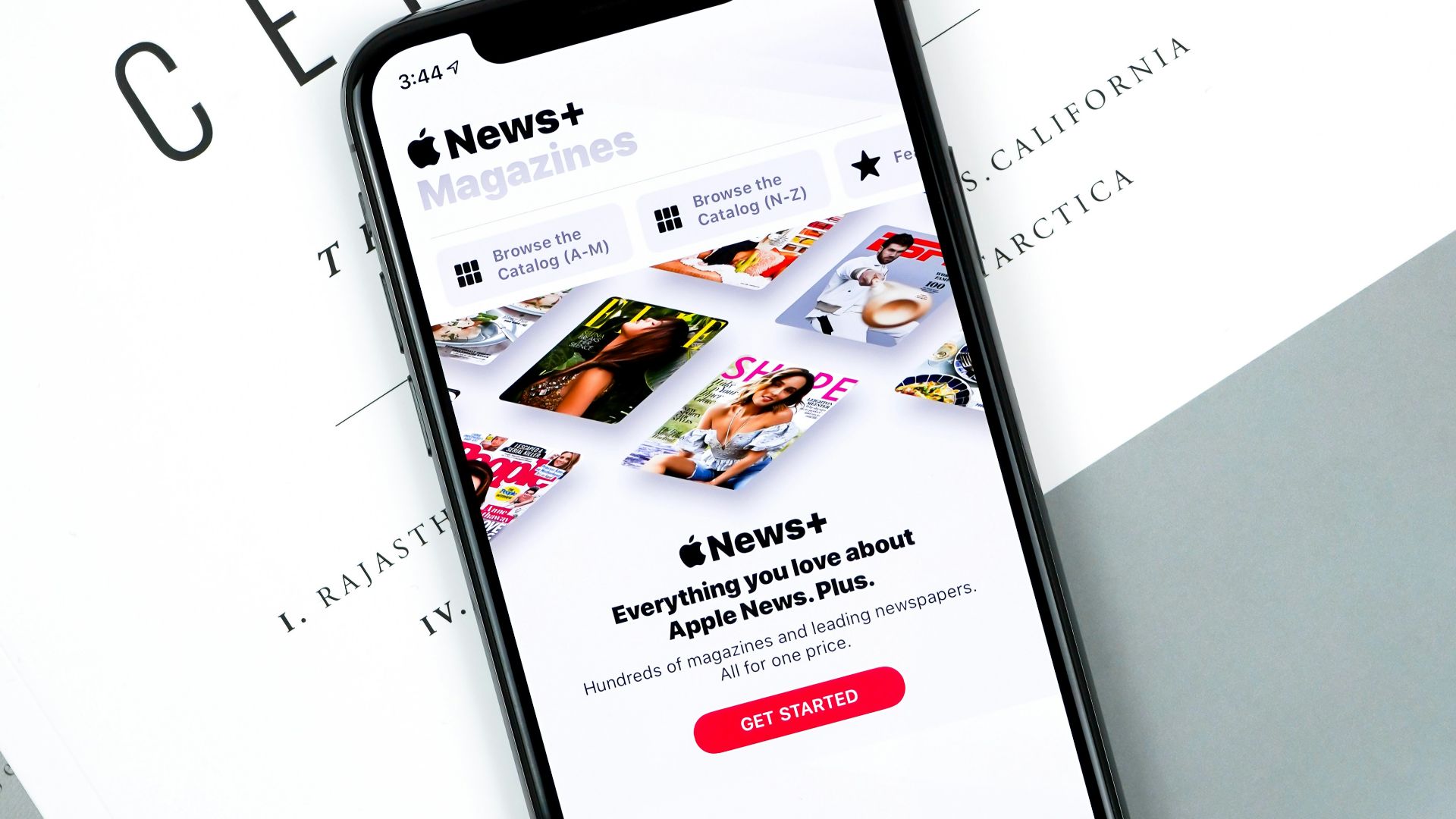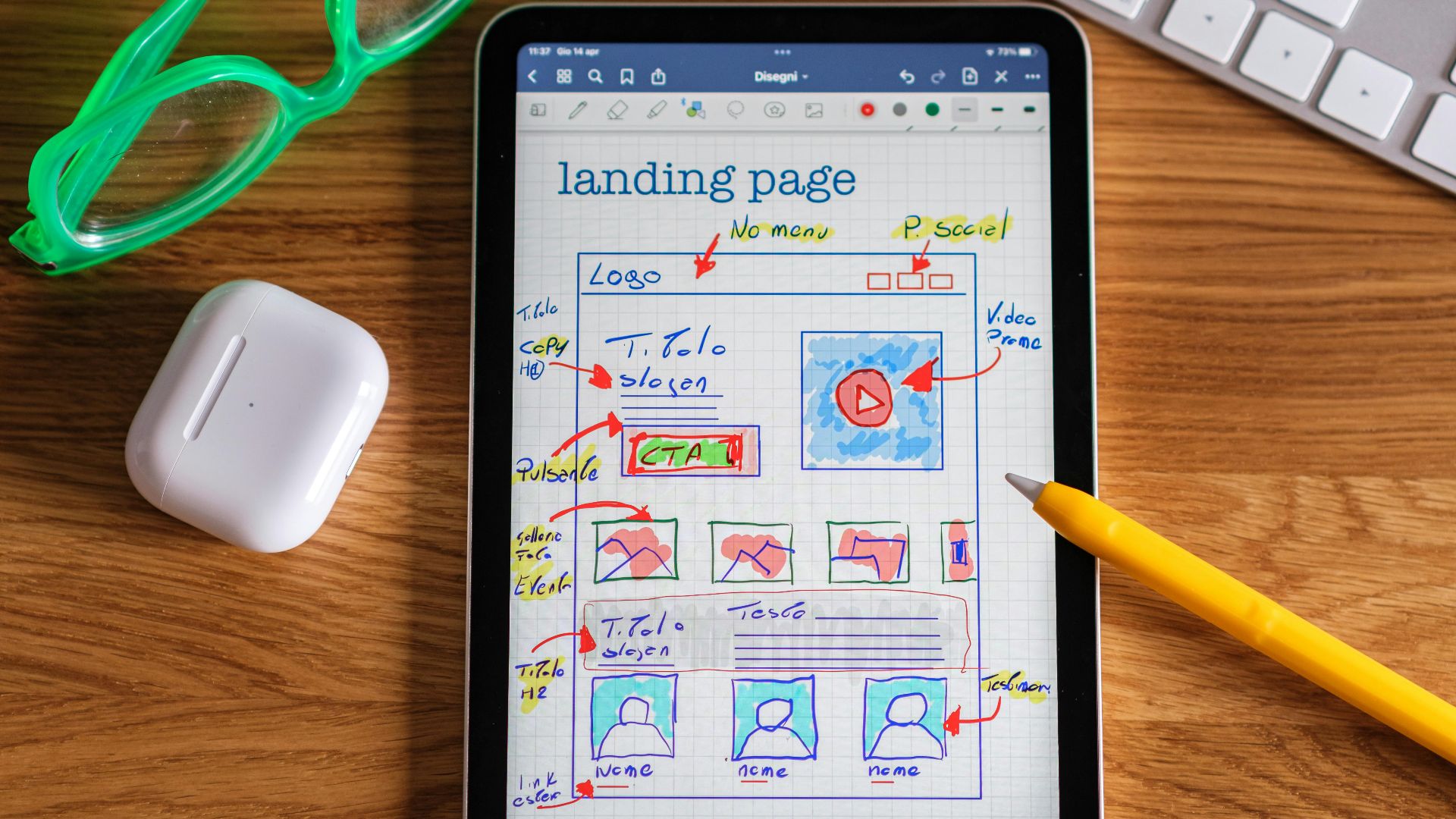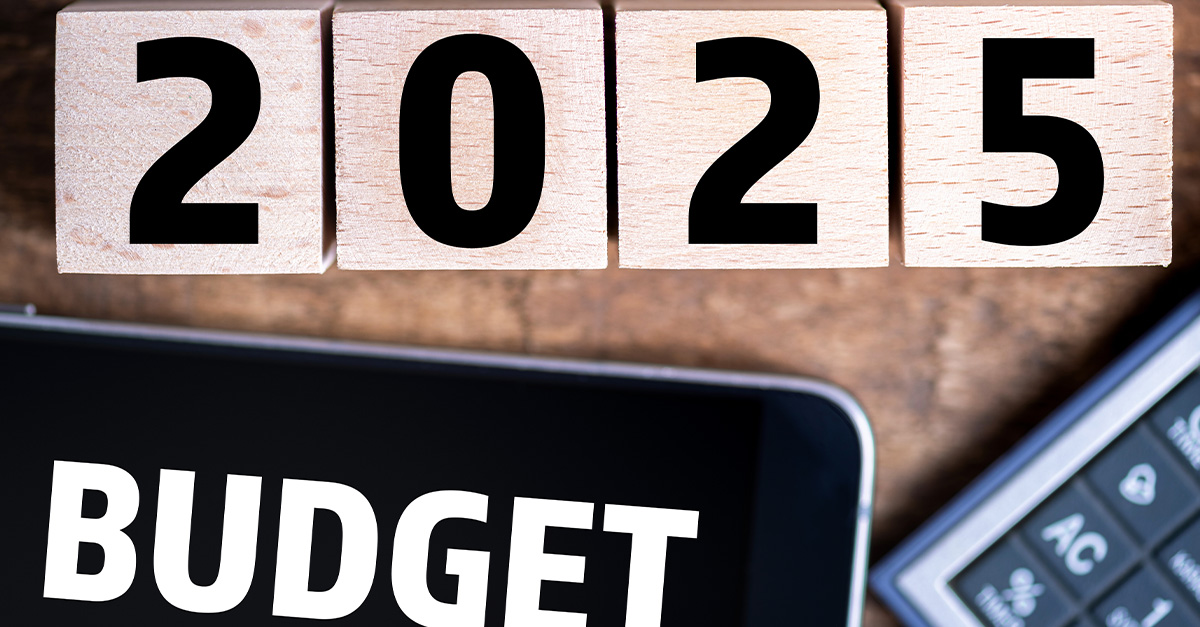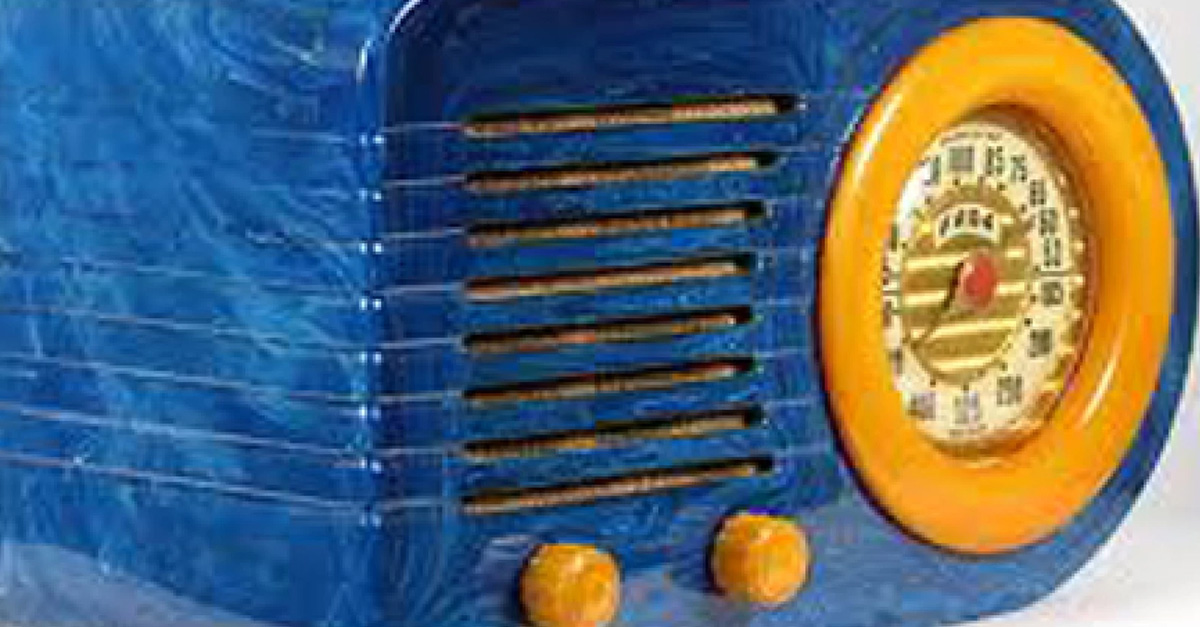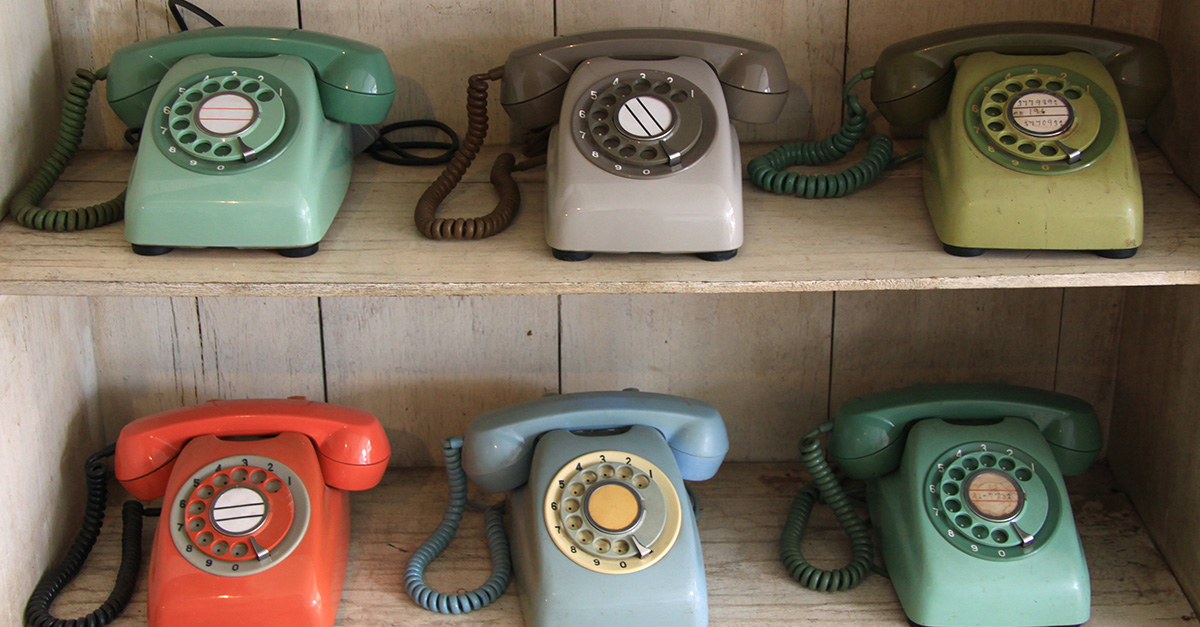Bills Have To Be Paid, Right?
From the moment your app goes live, everything you envisioned begins to take shape. People are using it, loving it, and saying it genuinely brightens their days. The positive feedback keeps rolling in, and it’s glowing. But glowing doesn’t pay the bills. Revenue has to enter the picture. So, how do you get there? Let’s talk about what comes next—strategically, emotionally, and honestly.
Ask Yourself If You’d Pay for This Product
First up is a gut-check: would you pay? No founder goggles allowed. Would this app earn your $4.99? If not, why? Is it too light, too niche, too vague? Brutal honesty beats wishful thinking. If you wouldn’t buy it, why should anyone else buy?
Turn Flattering Feedback Into Clear Product Validation
Flattering feedback feels good, but true product validation comes from consistent use and monetizable interest. Look for signals like “I use this daily” or requests for upgrades. Passive praise flatters; specific thanks and curiosity about pricing reveal value. Decode patterns to find what truly drives retention, revenue, and product growth.
Identify If You’re Earning Praise Or Solving Pain
Compliments work great, that’s why they work as icebreakers. But here, do they come from solving real friction or enhancing positive experiences? Your app should either fix something broken or amplify joy. Praise alone won’t generate demand. Target discomfort or delight because people pay to stop pain or gain uplift.
Analyze Retention As A Signal Of Core Value
Users who return repeatedly are your product-market whisperers. Retention outshines ratings every time. So, ensure you have a metric in place to count member logins. Even a two-day streak hints at the habit-forming power. Stickiness means something’s working—monetize that.
Ask: Is This A Tool, A Toy, Or A Tribe?
Tools solve problems. Toys entertain. Tribes bond. What’s your app’s DNA? Calm is a tool for relaxation, TikTok is a toy for quick fun, and Facebook Groups is a tribe for connections. Mislabeling your app leads to flawed monetization. Toys need volume, and tools need utility. Tribes? Those need belonging.
Evaluate Whether Monetization Was Ever The Goal
Some projects begin as creative joyrides. And that’s okay—unless you suddenly expect income. If revenue wasn’t the foundation, no wonder it’s shaky. Don’t retrofit profit into a passion; You must redesign with commerce in mind, or let it remain an art form.
Be Honest: Is Your Design For Revenue Or Recognition?
Startups crave both, but prioritizing one can undermine the other unless balanced carefully. Recognition brings followers, while revenue requires frictionless value. If every feature screams “look at me,” you probably built it for applause. Businesses that make money are designed to convert. So, strip back the vanity metrics.
Revisit The Roadmap: Was Monetization Ever Scoped?
No pricing plan? No profit plan. If “monetize later” was your launch motto, you’ve built a bridge to nowhere. Review your roadmap and ask: Does it contain subscriptions, in-app purchases, or paywalls? If you are missing those, then revenue was never truly part of the blueprint.
Test If Users Value The Product Emotionally Or Functionally
Would users describe your app as “useful,” “uplifting,” or “fun”? That word choice reveals everything. Whatever the case, just know that emotions attract and functions retain. For example, meditation apps sell calm, and budgeting tools sell control. Know which lever you’re pulling, then charge accordingly.
Explore Emotional Support As A Monetizable Feature
Emotional design is a feature. If your app boosts mood, frames self-image, or reduces anxiety or loneliness, you’re entering wellness territory. That space is both noble and profitable, and people willingly spend real money to feel seen and supported. In many cases, emotional utility can rival—even surpass—technical prowess.
 Calm App Review: Best Meditation App for 2025? by Healthnews
Calm App Review: Best Meditation App for 2025? by Healthnews
Use Feedback Loops To Surface Pricing Sensitivity
Create soft paywalls and track bounce. See where users resist—even a “$1 to continue” prompt teaches volumes. If they click away, they’re not ready. If they hover, test deeper. Pricing smart is detective work, and the trick is to let behavior set the tag.
Examine If Free Users Would Feel Cheated By A Paywall
Would introducing a payment trigger a backlash? If yes, your value perception’s off. Users only rage when the price exceeds perceived worth. Spotify’s freemium works because the premium feels like a luxury. Make the paid version irresistible, or risk revolt. How do you do this? Test sentiment before toggling switches.
 Spotify Premium Vs Free Spotify! (Should You Upgrade?) by Simple Alpaca
Spotify Premium Vs Free Spotify! (Should You Upgrade?) by Simple Alpaca
Launch Experiments Without Losing User Trust
Testing monetization doesn’t require betrayal. Use beta labels. Add “Coming Soon” teasers as soft-roll features. And please, communicate transparently. Users are more likely to tolerate change when they feel involved. When you blindside them, the loyalty could evaporate. Revenue and respect work hand in hand.
 Shopify Coming Soon Page Tutorial | Customize Your Password Page by Casual Ecommerce
Shopify Coming Soon Page Tutorial | Customize Your Password Page by Casual Ecommerce
A/B Test Value-Driven Premium Tiers
To hit the nail on the head in terms of what people want, test it. Offer version A with personalization, version B with integrations. Then, let the metrics tell the story. Sometimes, users surprise you. What feels minor to you might be a must-have to them.
 How to Do A/B Testing: 15 Steps for the Perfect Split Test by HubSpot Marketing
How to Do A/B Testing: 15 Steps for the Perfect Split Test by HubSpot Marketing
Bundle The App With Tangible Wellness Outcomes
People might be attracted to the tools, but they buy results. So, if your compliments reduce stress or boost focus, say so boldly. Better yet, prove it with real and tangible results. Bundle outcomes into your message. “Feel better quickly” beats “Get nice messages”. Sell the after, not the app.
 Headspace vs Calm Comparison - Which Is the BEST Meditation App for 2025? by Healthnews
Headspace vs Calm Comparison - Which Is the BEST Meditation App for 2025? by Healthnews
Package Compliments Into Workplace Recognition Tools
If applicable, consider introducing a team-focused tier. Enterprises invest in morale. If your app encourages peer recognition or boosts team appreciation, a “for teams” option could hit the sweet spot for HR decision-makers. Recognition tools are a booming industry, and positioning your app within that space opens powerful doors.
Reposition From Delight To Daily Utility
Delight is fleeting, but daily use drives revenue. Ask yourself: “Does my app deliver something users truly need?” If not, it risks becoming background noise. Refocus on features that support consistent habits. Even digital stickers can become routine if they’re baked in naturally and tied to everyday user behavior.
 Best Habit Tracker App | Evoday App Review by Techascope
Best Habit Tracker App | Evoday App Review by Techascope
Identify The Psychological Barriers To Paid Conversion
Users often love a product but end up not paying—why? Maybe guilt. Maybe uncertainty. Perhaps they’re just accustomed to expecting free. Dig into the “whys and nots”. Such invisible blockers kill businesses faster than bad features, and pricing is a matter of mastering the psychology behind it all.
 Paywall Design Examples - Earn More Revenue by Sean Allen
Paywall Design Examples - Earn More Revenue by Sean Allen
Quantify Praise: How Much Is A Compliment Worth?
What’s a well-timed compliment worth to your user? A measurable productivity boost? An avoided meltdown? Emotional ROI exists, but it’s just harder to measure. Get clever by framing your app’s impact in a language investors and users respect. Tie emotion to outcome because that’s how you sell feelings.
Let User Stories Guide Monetization Hypotheses
Follow up on that user who said your app saved their Monday. Ask what they’d pay for more of and note it down. Real stories beat personas. Your next product tier might live in a testimonial you skipped. The trick? Chase anecdotes since they hint at hidden value.
 How to Respond to Reviews on Google Play Store by App Masters
How to Respond to Reviews on Google Play Store by App Masters
Share Your Own Doubts To Build Authentic Audience Trust
Share your doubts to earn authentic trust—“Why isn’t this earning?” can spark a real conversation because transparency beats polish. But don’t end with regret; end with reflection. Use what worked to chart your next move. Listen, test, refine. The next version should be built to bill, not just built to impress.
 4 Startup Mistakes I'd Tell My Younger Self (In One Take for Honesty) by The Failed Founder
4 Startup Mistakes I'd Tell My Younger Self (In One Take for Honesty) by The Failed Founder
Experiment With Time-Limited Challenges
Introduce limited-time challenges or compliment streaks that unlock extras. Timers create urgency, which in turn drives engagement, though moderation is key to avoid user burnout as per UX and psychological studies. Users who feel they’re achieving something—even virtually—may be more open to paying.
 I opened EVERY Daily Streak Reward.. THEY ARE INSANE! by BenTimm1
I opened EVERY Daily Streak Reward.. THEY ARE INSANE! by BenTimm1
Leverage Micro-Transactions With Instant Gratification
Tailored compliments feel amazing, so explore micro-transactions for custom praise or visual flair. If users can “upgrade” their experience for an instant emotional boost, the ROI feels immediate. However, ensure ethical design to mitigate risks like over-reliance or addiction, similar to criticisms of gaming micro-transactions.
 The Sinister Truth Behind Video Game Cosmetics by The Gaming Merchant
The Sinister Truth Behind Video Game Cosmetics by The Gaming Merchant
Form Strategic Partnerships With Wellness Brands
Suppose your app promotes wellness; partner with known industry brands to co-create value. You provide engagement; they offer products. These partnerships can boost credibility and reach. But there’s a catch; small apps may face trust barriers, so start with niche collaborations to build credibility, as shown in prior industry examples.
 How TriCore Wellness Built a Corporate Fitness Business ONLINE | Case Study by ABC Trainerize
How TriCore Wellness Built a Corporate Fitness Business ONLINE | Case Study by ABC Trainerize
Use Reciprocity To Encourage Micro-Contributions
Compliments spark reciprocity. Let users tip, donate, or praise others to create a kindness loop. A micro-contribution ecosystem can sustain itself if designed to reduce free-riding. Studies on digital reciprocity show gratitude loops drive engagement, and this could be your revenue path through positive feedback, peer recognition, and continued participation.
 How to Monetize Your iOS App with Tip Jar: A Step-by-Step Guide by tundsdev
How to Monetize Your iOS App with Tip Jar: A Step-by-Step Guide by tundsdev

